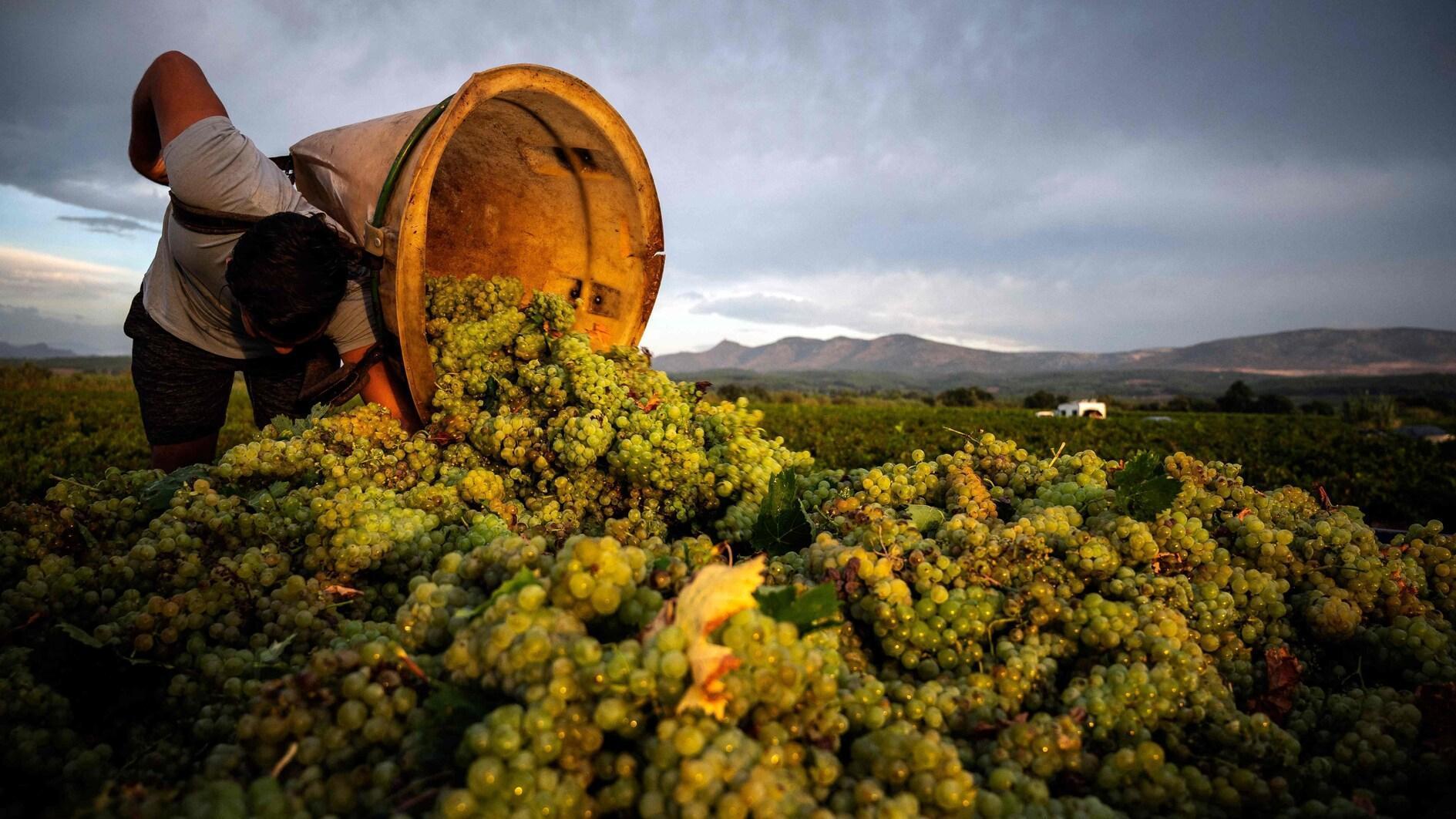
Time for the grape harvest. One can ask if isn’t it too early, but the vineyard calendar seems to be constantly changing and challenging for wine producers. The grape harvest I’m talking about is what we call “sofralık” in Turkish, literally meaning “for the table,” for the grapes that are not meant to end in bottles, but to be eaten out of hand as fresh fruit. For most people in Türkiye, the ultimate fruit is always considered as grapes. People love the juicy burst of the fruit, the profound sweetness and the effortless way of munching bunches of it, all in all, grapes have a very straightforward connection with humans. When vineyards are full of ripening bunches hanging heavily from vines, it is hard to resist the urge to go and grab one. Knowing the temptation, there have been ways of protecting vineyards in this geography, sort of sets of regulations, sometimes imposed with religion or simply by tradition. The reason for that is, after when people are done eating the fresh fruit, the real purpose of the grapes is on the way, turning them into grape molasses, grape juice leather and other sweet delights, drying them for later use, the vineyards constituted an imported source of sweetness in ages were sugar cane sugar was not even heard of, beet sugar not yet invented, honey being the sole source of sweet. Only the white mulberry could compete with the grape, another fruit with high sugar content. But then there is the drink aspect, wine making and grape-distilled hard liquors have always been in the history of Anatolia. So, vineyards had to be protected from folks that have an early temptation to grab the grape, the Christian communities of the Ottoman era that tended and sustained on vineyards had a brilliant solution for that: A holy figure stepping in, precisely in the form of St. Mary.
St. Mary apparently comes to the rescue in many conditions, there are several days dedicated to her holiness around the calendar in the Christian communities. St. Mary, respectfully called Meryem Ana (Mother Mary) in Turkish, is mentioned in the Quran even more often than in the Bible and is considered the most important woman ever lived in the history of mankind. The St. Mary House (Meryem Ana Evi) in Selçuk, Kuşadası, and also other churches across the country dedicated to her, are frequented by locals in the hope of benefiting from her miracles. In Anatolia, August is the month when her holy blessing comes into function in regard to protecting the vineyards from greedy grape-lovers. “The Feast of Virgin Mary” is dedicated to blessing the grape, Aug. 6 for the Greek Orthodox Church, Aug. 15 for the Armenian Orthodox Church, one already celebrated, the latter, to be celebrated next Sunday, the nearest Sunday to Aug. 15. Before these days, not a single grape is to be eaten, communities are expected to resist the lure of vines. Only after the representative bunches are blessed in the church, the grape-eating season is officially open.
For Anatolian Greeks, the grape season starts on Aug. 6, when Hristos Day is reserved for the blessing of grapes in churches and festivities culminate at Panagia church aka Koimisi tis Theotokou on Aug. 15, the second most important feast day after Easter. Once, in Istanbul in the Princess Islands, the whole week was a succession of events, the church on Hristos hill in Burgaz and Hristos Monastery in Büyükada being the places where basket loads of grapes would be carried to be blessed on backs of donkeys, followed by the community painstakingly climbing the steep pathways leading to the churches, especially the notorious Kadıyoran ascent in Büyükada, aptly named as Kadıyoran, “kadı” referring to Muslim judge, “yoran” meaning “yery tiring, exhausting.”
Aug. 15 is particularly important for the Armenian Orthodox Church, dedicated to the Dormition of Mary, being the Surp Asdvadzadzin Day of Armenians. In Eastern Orthodoxy, the Dormition of Mary corresponds to the Assumption in the Western Church, commemorating the passing of Mary from earthly life. This is the day when the Virgin Mary is believed to have risen to God’s presence, and also the day when grapes would be blessed in her honor. No grapes are eaten from the carnival days of Pun Paregentan up until up to this day. The grape to be blessed in churches has to be the seedless green variety, just as pure and “seedless” as the Virgin Mary, giving birth to baby Jesus without a father. For Istanbul Armenians the most popular grape blessing destination in Kınalıada, the church of Surp Krikor Lusavoriç, where loads of grapes are distributed to masses on the Sunday Mass. The two-week fasting period preceding the day, abstaining from all meat, fish and dairy including wine and alcohol, makes the blessing particularly joyous, followed by bountiful tables, and feasting with friends and family. A much-deserved feast, after resisting the impulses of gluttony in the fasting days. Of course, surrendering to the lure of vines is now acceptable, every single grape can be devoured without a trace of sin!